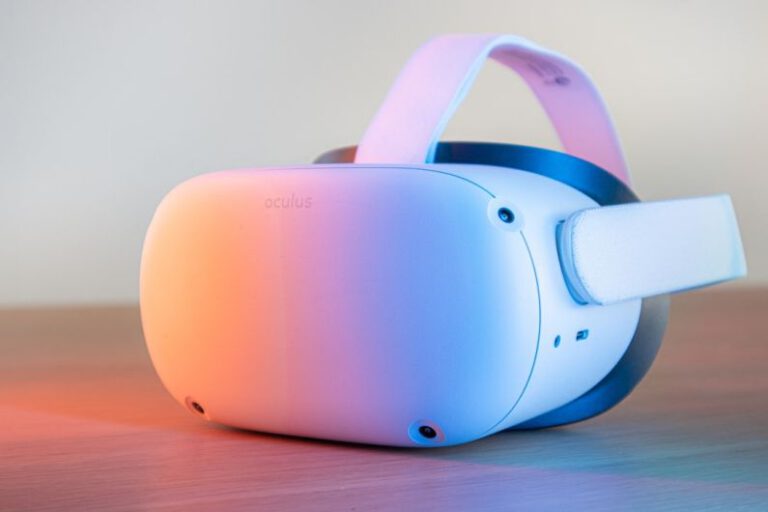3d Printing Houses: Building the Future
As technology continues to advance at a rapid pace, one industry that is seeing significant innovation is construction. The traditional methods of building homes are slowly being replaced by more efficient and sustainable alternatives. One such groundbreaking technology that is revolutionizing the construction industry is 3D printing houses.
### The Rise of 3D Printing in Construction
3D printing, also known as additive manufacturing, involves layering materials on top of each other to create a three-dimensional object. While this technology has been around for several decades, its application in construction is relatively new. By using concrete or other materials, 3D printers can construct entire houses in a fraction of the time it would take using traditional methods.
### Advantages of 3D Printed Houses
One of the key advantages of 3D printed houses is the speed at which they can be built. Traditional construction methods can take months or even years to complete a single house, whereas 3D printing can construct a house in a matter of days. This rapid construction time not only saves money but also allows for quicker occupancy, making it an attractive option for those in need of housing solutions.
Additionally, 3D printed houses are more cost-effective than traditional construction methods. The reduced labor costs and materials wastage associated with 3D printing make it a more affordable option for builders and homeowners alike. This cost-effectiveness can help address the global housing crisis by providing affordable housing solutions to those in need.
Another advantage of 3D printed houses is their sustainability. Traditional construction methods often result in a significant amount of waste, whereas 3D printing produces minimal waste due to its precise nature. Furthermore, 3D printing allows for the use of eco-friendly materials, making it a more sustainable option for environmentally conscious individuals.
### Challenges and Limitations
While 3D printing houses offer numerous benefits, there are still challenges and limitations that need to be addressed. One of the main challenges is the scalability of the technology. While 3D printed houses have been successfully constructed on a small scale, scaling up to larger projects poses logistical and technical challenges that need to be overcome.
Another limitation of 3D printed houses is the lack of regulatory frameworks and building codes specific to this technology. As 3D printing in construction is still a relatively new concept, there is a need for industry standards and regulations to ensure the safety and structural integrity of 3D printed buildings.
### The Future of Construction
Despite the challenges and limitations, the future of construction looks promising with the continued development of 3D printing technology. As researchers and engineers continue to refine the process and materials used in 3D printing, we can expect to see even more innovative and sustainable construction solutions in the years to come.
### In Summary
3D printing houses are paving the way for a more efficient, cost-effective, and sustainable future in construction. With its ability to rapidly construct affordable housing solutions and minimize waste, 3D printing has the potential to revolutionize the way we build homes. While there are challenges to overcome, the continued advancements in 3D printing technology point towards a bright future for the construction industry.






